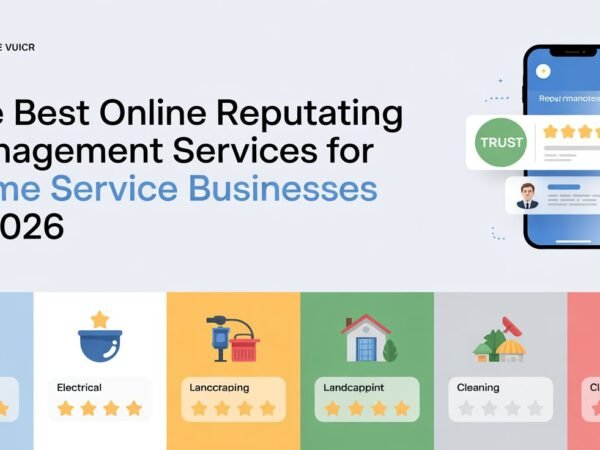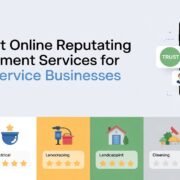When writing content that ranks, engages, and converts, the spotlight often falls on keywords, headlines, or high-quality external backlinks. Businesses looking to scale their content creation while ensuring strategic internal linking can consult white label content services, which can provide valuable expertise. Remember, internal links are one powerful, often-overlooked element working quietly behind the scenes. Specifically, relevant internal links — not just any hyperlink dropped for show, but ones that make sense in context and guide readers deeper into your site. Done right, they enhance SEO, enrich user experience, improve site structure, and boost conversions. So, what makes relevant internal linking essential, and how can you leverage it effectively?
What Are Internal Links, and Why Should You Care?
Internal links point from one page on your website to another. They serve two primary purposes: helping users navigate your content and assisting search engines in understanding the structure of your website. While any link between pages on the same domain qualifies, not all internal links carry the same weight. The real game-changer is relevance. Relevant internal links — those that connect semantically or topically related content — provide contextual value that’s helpful for both humans and bots.
SEO Gains: More Than Just a Crawl Path
From an SEO perspective, internal links are crucial for distributing link equity (aka “link juice”) throughout your site. You pass on some of that authority when you link from a high-authority page to a newer or less visible one. But Google isn’t just interested in links — it’s looking for context. A relevant internal link helps the algorithm understand the relationship between pieces of content, which in turn improves indexing and can boost your rankings for related keywords.
Think of your site as a city and internal links as roads. Randomly placed roads may lead somewhere, but they won’t create a functional, intuitive infrastructure. Relevant links, on the other hand, build a logical path that helps Google’s crawlers—and your visitors—explore efficiently.
User Experience: Guiding, Not Distracting
People visit your site for answers, insights, or solutions. Relevant internal links enhance their experience by guiding them to related information that adds value without forcing them to hunt for it. For instance, if someone’s reading a blog post about beginner photography tips, a contextual link to your article on camera settings or editing apps makes perfect sense — it feels natural and helpful.
In contrast, irrelevant or forced links interrupt the flow and may even lead users to question your credibility. Worse, they could bounce from your site altogether. But when your internal linking strategy is user-focused, you build trust and keep readers engaged longer, reducing bounce rates and increasing session duration, both positive behavioral signals for search engines.
Content Strategy: Strengthening Topic Clusters
Relevant internal linking also plays a key role in building and reinforcing topic clusters—a modern content strategy in which one broad, authoritative “pillar” page links to several related “cluster” pages and vice versa. This interconnected structure helps establish topical authority and signals to Google that your site offers comprehensive subject coverage.
Let’s say you run a health blog. A pillar page on “Healthy Eating” could link out to cluster content on “Meal Prep Tips,” “Best Superfoods,” and “Healthy Snacks for Kids.” Suppose each cluster article links back to the pillar, possibly to each other when appropriate. In that case, you’ve just created a robust, interconnected web that boosts usability and authority.
Conversion and Business Value
Beyond SEO and engagement, relevant internal links can support your conversion goals. Directing readers from an informative blog post to a related service page or product offering, at the right moment in their journey, can gently nudge them toward taking action. For example, a guide on “How to Improve Your Website Speed” could include a well-placed internal link to your page offering website optimization services.
The key is subtlety. These links shouldn’t feel like ads; they should be a logical next step that meets the reader’s evolving needs. When done right, internal links become part of your sales funnel, quietly doing the heavy lifting behind the scenes.
Final Thoughts: Make Every Link Count
Relevant internal links might not be flashy, but they’re fundamental to the success of your content. White label content services can offer significant support for businesses aiming to build a cohesive and well-linked content ecosystem at scale. They help Google understand your website, create a better experience for your readers, and even guide potential customers closer to a conversion. As you plan or audit your content, don’t just ask, “Did I include a link?” Ask, “Did I include the right link?” Thoughtful, contextual linking turns your content from a series of standalone posts into a cohesive, navigable ecosystem — and that’s where the real magic happens.













